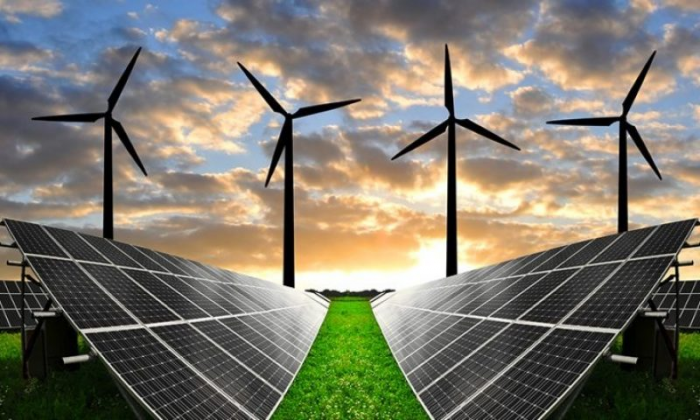
Overview
In general, RES technologies are promoted with different support schemes. Law No. 4399/2016 supports through subsidies/ tax reliefs for specific RES technologies. RES H&C infrastructure is also eligible for support. In addition, the Programme “Exsoikonomo- Autonomo” supports the purchase and installation of RES for the energy upgrading of the domestic sector through subsidies and/or an interest-free loan.
According to the NECP, Greece aims at increasing the overall share of RES H&C in its gross final energy consumption to 42.5% by 2030 (30.6% in 2020). This is expected to be achieved by the increased penetration of heat pumps, especially in the tertiary sector (from 431 ktoe in 2020 to 906 ktoe in 2030), a steadily increasing share of solar thermal (from 296 ktoe to 411 in 2030) and geothermal energy, as well as biomass (from 1,035 ktoe in 2020 to 1,142 ktoe in 2030).
Summary of support schemes
- Subsidy (Programme “Exsoikonomo- Autonomo”) - The Programme provides subsidies and/or an interest-free loan to specific RES H&C technologies (geothermal, aerothermal heat pumps and biomass (pellets), solar thermal, solar water heaters and solar heating).
- Subsidy (Development Law) –subsidy is offered to CHP plants and other RES only for autonomous production.
- Tax regulation mechanism (Development Law)- tax relief is offered to CHP plants and other RES only for autonomous production.
- Support of RES-H infrastructure (Development Law)
- RES-H building obligations (KENAK) - minimum RES H&C requirements in existing and new buildings.
Competent authorities
- MEE
- MinDev
- Technical Chamber of Greece
Summary
Greece has submitted its updated version of the National Energy and Climate Plan (NECP) in December 2019. According to the NECP, country is planning to increase the overall share of renewable energy sources (RES) in its gross final energy consumption to 35% by 2030. In the electricity sector, the share of renewables will rise from 29.2% to at least 60% (NECP Greece, 2019).
In terms of both of installed capacity and electricity production, the three major RES technologies are PV, onshore wind power and hydro power. By 2030, PV is expected to reach 11.8 GWh (4.5 GWh in 2020), wind power 17.2 GWh (7.3 GWH respectively in 2020) and hydro power 6.6 GWh (5.5 GWh respectively in 2020).
The licensing process follows specific steps and is summarised below:
• Site selection: The site selection is based on the Special Spatial Planning Framework for RES, which is currently under revision.
• Electricity Production License: Certification of the RES Producer substituted the previous Electricity Production License for RES. This replacement aspires to reduce the duration of the permitting process.
• Administrative Authorisation: This step includes the Environmental Impact Assessment (EIA) approval by the Decentralised Administrations or the Ministry of Environment and Energy (MEE).
• Grid Connection Permit: This step includes the Preliminary Grid Connection Offer (GCO) and Binding Grid Connection Offer (BGCO). Both are relevant for the connection of a RES installation to the electricity grid.
• Corporate- Legal- Fiscal: A tax (3%) is deducted each year from the revenues of a RES plant operator (wind power and PV projects above 20 MW).
• Other: The Installation License authorises the construction of a RES installation, while the Operation License permits the operation of a system. The Operation License is only issued after all other permits have been secured.
Sequential order of process steps
1. Site selection
2. Electricity Production License
3. Administrative Authorisation
4. Grid Connection Permit
5. Corporate- Legal- Fiscal
6. Other
Competent authorities
- MEE
- IPTO
- HEDNO
- RAE
- Decentralised Regional Administrations

